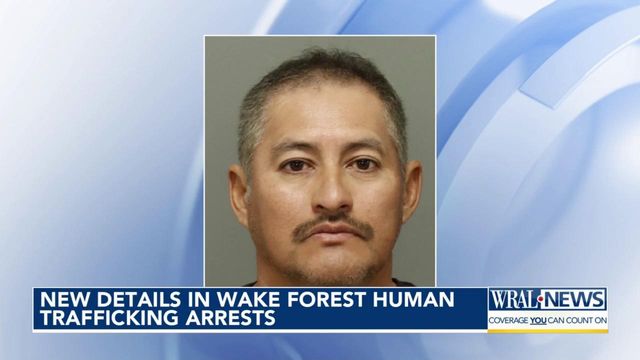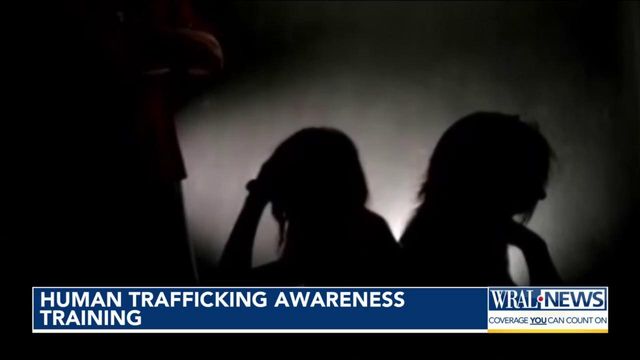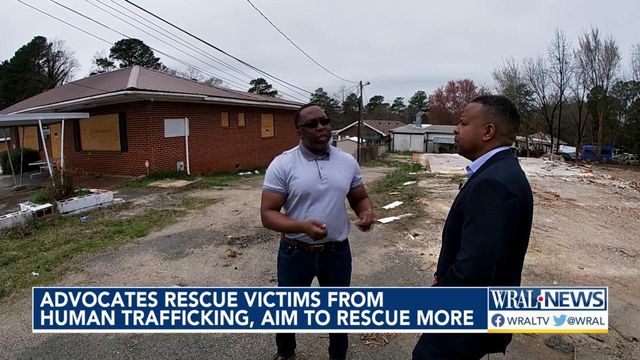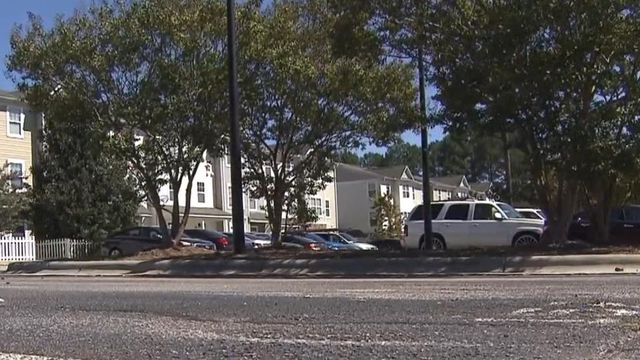Human trafficking Coverage
All assets associated with the tag: human trafficking
Human trafficking is an often discussed but frequently misunderstood topic mired in myths and complexity. What trafficking looks like, who its victims are and how they’re exploited can vary, and the truth of it may not be what you expect. On this page we’ve listed a series of resources and videos to help you better understand human trafficking and how it affects countless lives each day.
What is human trafficking?
Put simply, human trafficking is the commercial exploitation of individuals for labor or sex. This exploitation can take many forms, and its victims come from all backgrounds and walks of life. What they share, however, are vulnerabilities — wants or needs, be it physical, financial, emotional or otherwise, which traffickers exploit through force, fraud or coercersion. Sometimes referred to as modern-day slavery, human trafficking is a system of control and extortion, intended to manipulate victims for the personal benefit of their traffickers. And it happens everywhere to anyone. From farm labor camps to nearby motels, storefronts in your neighborhood mall and even on your doorstep, there’s no one place, descriptor, or type of victim. This is why understanding the forms human trafficking can take and the ways it manifests is crucial in identifying victims and providing help.
What human trafficking looks like
A commonly misunderstood form of trafficking is the illicit massage business. Frequently, this exploitation is confused with prostitution as victims are often of age and seemingly complicit in offering commercial sex acts. However, the truth is far more complicated. Victims, like the character of “Mei” in the video above, are often foreign nationals brought into the United States under false pretenses and severe debt. Through fraud, coercersion and debt bondage, they become trapped, unable to leave the business for fear of personal, legal and cultural ramifications. Victims in the illicit massage industry often live onsite, enduring difficult conditions and becoming detached from the outside world. And while these individuals do perform illegal acts, it is crucial to understand that they are not criminals; they are victims whose extreme situation has been exploited for the gain of others.
The commercial exploitation of victims for the purpose of work constitutes labor trafficking, a form which takes many shapes. The videos above highlight two markedly different industries — farm labor and door-to-door sales — but illustrate how common vulnerabilities can lead to similar exploitation in various fields. As in the illicit massage industry, victims of labor trafficking are often forced to endure extreme and unsafe living conditions with little food and resources while constantly accruing additional debt to their trafficker, creating a cycle of vulnerability which keeps them in a system of bondage. Legal issues, like concerns surrounding the H2A visa program for agricultural workers, can further complicate these already difficult situations and make it harder for victims to identify and seek help.
As human trafficking thrives on the vulnerabilities of its victims, it stands to reason that children and young adults — often the most vulnerable members of society — are frequent targets for this kind of exploitation. Factors like age, inexperience and development can leave children open to manipulation and extortion for labor or commercial sex, the latter of which has special protections under the law. Due to their status as minors, any person under the age of 18 solicited to perform sex acts for money is considered a victim of human trafficking, regardless of circumstance.
Resources
Additionally, click through the links on this page for news coverage of human trafficking stories, and stay tuned to WRAL News and WRAL.com for new information and updates.






















